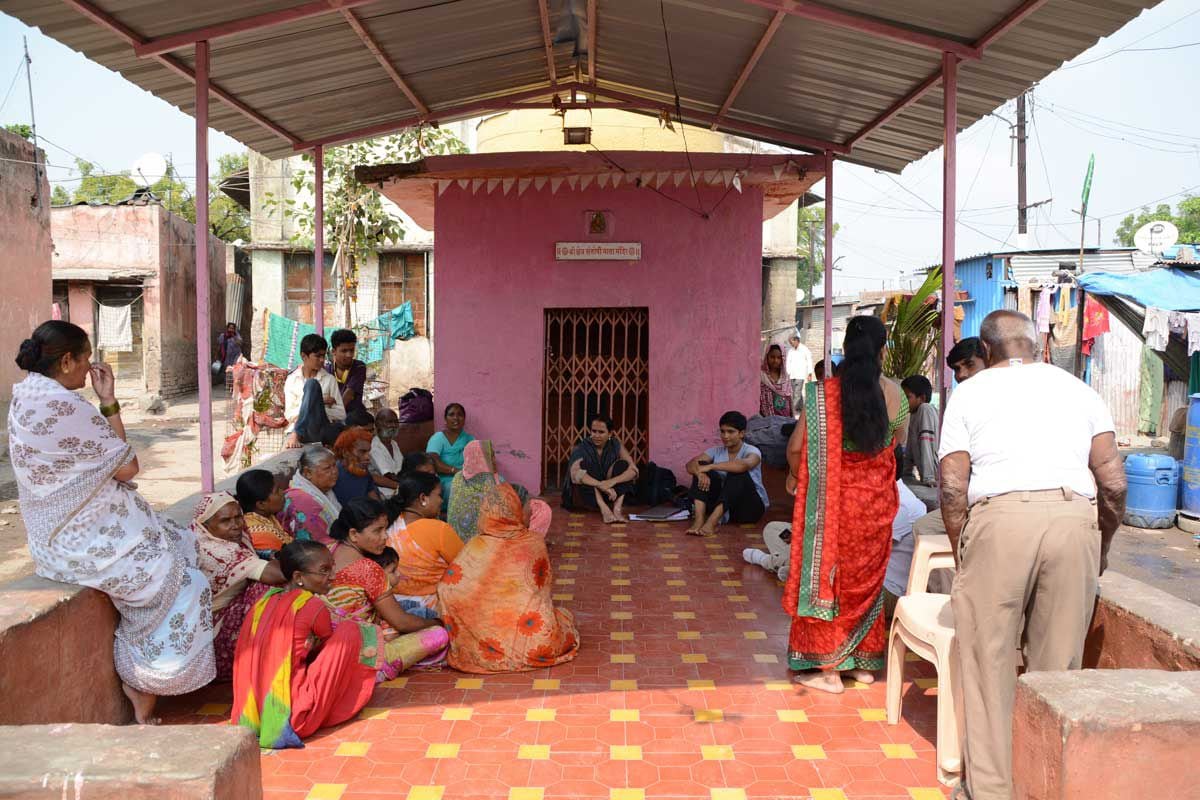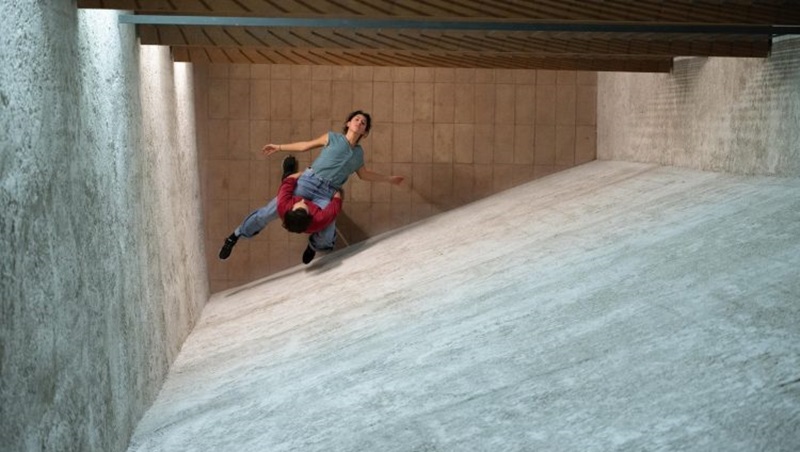India is facing a huge housing deficit, nearly 47 million homes, according to data from Habitat for Humanity. In addition, more than 93 million people live in slums without access to clean water, sanitation, or rental insurance. As a result of socio-economic conditions, many residents of these areas are often neglected as beneficiaries. Government initiatives, programs and projects and need the assistance of independent specialists or voluntary entities to improve their housing conditions.
An interesting case is the case Sanjaynagar urban settlementlocated in Ahmednagar city, Maharashtra state, India, where 298 families occupying two hectares of municipal land were selected to implement an ambitious housing program promoted by the study. community design agency. It is a pioneering initiative born in 2018, consisting of the redevelopment of part of the settlement with a vision focused on the local community. Because, despite the fact that in its 40-year history, many residents have been able to benefit from various government housing programs, none of them have truly met their needs.
As confirmed by the engineer Sandhya Naidu Janardandirector and founder community design agencyThe The method of work To intervene in these kinds of settlements always follow the same pattern: a group of bureaucrats sitting at their desks dictating what they must do. However, the panorama changes drastically when one observes closely the residents of the Strip: the way the communal spaces are created, how the conflicts that arise from them are resolved and how they can coexist, as these neighborhoods have been found to be very rich in resilience and social cohesion.
The biggest challenge for Indian cities is undoubtedly space. Although this is a limitation, Sanjaynagar residents have shown how out-of-the-ordinary design can help professionals open up new ways of understanding architecture and even rethink the meaning of the word residence. From experience, when architects and urban planners work with these types of vulnerable communities, we tend to introduce shortcomings in many aspects because we are predisposed to design what looks right to us. For example, designing two rooms – the living room and the dining room – rather than suggesting one space for cooking, eating and studying; Or put the bathroom indoors instead of outside.
Sanjaynagar residents have shown how out-of-the-ordinary design can open new avenues for understanding architecture
In this case, this program works with NGOs Snehalaya It seeks to build resilient and safe housing for the residents of Sanjaynagar, demonstrating the importance of participation and community life in the development processes of this type of project. This initiative is supported by Carrie Stone Foundation It is also supported by a government program Pradhan Mantri Awas Yojana (PMAY). In addition, the residents are represented by the Sanghinagar Slum Committee, in coordination with the Municipal Ahmad Najjar Foundation.
To be part of this project, each family must contribute 1 lakh – the equivalent of 100,000 rupees, or 1,231 euros – to the construction, and they have the option of paying more to build additional services in their homes. Each house has an area of 28.4 square meters and consists of a living room, a kitchen, a bedroom with an integrated bathroom and a balcony. But as indicated on the agency’s website, it is possible to customize the house according to the individual circumstances of the owner.
As the engineer in charge comments, “There is a specific case where a mother and her three children fulfilled the requirements for access to a house. However, all the children had families. We gave them the option to connect via an internal staircase, so we kept the family units together. They only needed one kitchen for all, which meant that two of them could be reused for other functions. The mother had a shop, and requested that her kitchen be converted into a showcase, complete with a counter and a storage section. The second became a study room.”
This project may remind us of the social housing complex Quinta Monroy, designed by Alejandro Aravena in the city of Iquique (Chile), the construction of which started from 36 square meters each and could grow to 72. However, the fundamental difference is that this Indian is implemented and design initiative entirely from within the community.
Although only 33 apartments have been delivered so far, the team has a major financing campaign ahead of them as costs have soared as a result of the pandemic and construction delays due to heavy rains, nearly 40%. However, during the implementation of this project, the whole process is codified in order to persuade governments to make drastic changes in their policy, since the above design idea does not work.
The project is particularly interesting as it rethinks the process of intervention in vulnerable neighborhoods in India, proposes design from the inside, highlights the need for change by powerful entities and highlights concern and political debate about how to live better in society.




:format(webp)/cloudfront-us-east-1.images.arcpublishing.com/grupoclarin/XM6EP3SM5REKNBOIXJSOCDCOOA.jpg)
